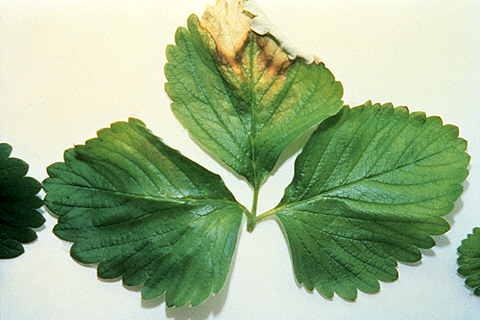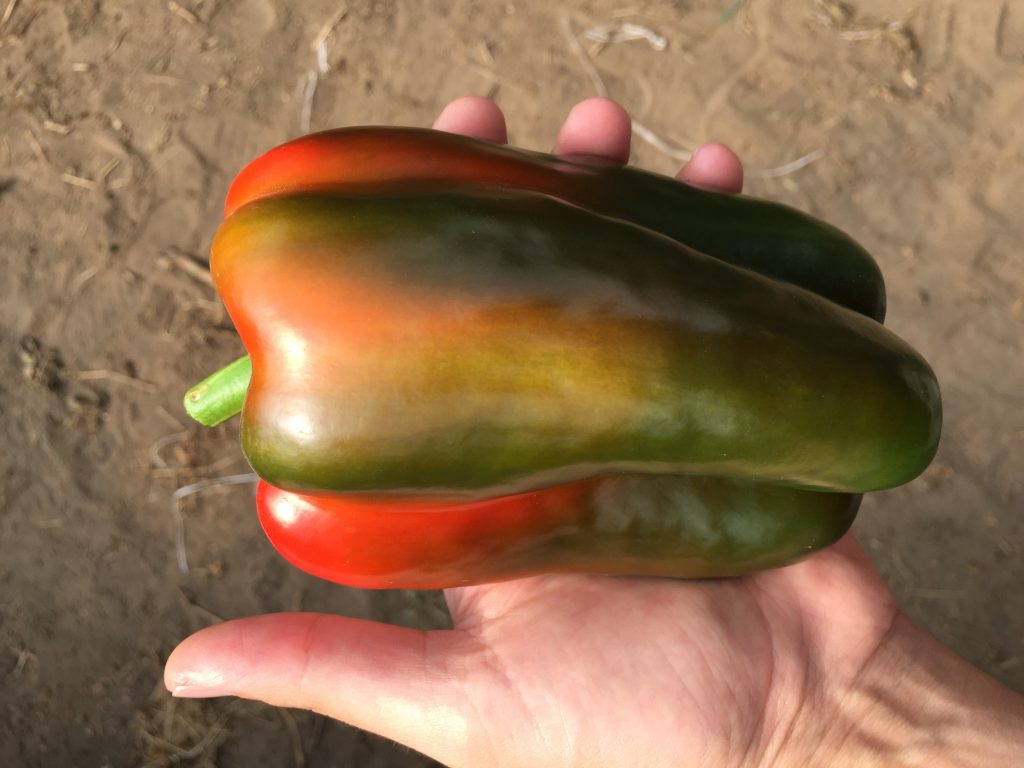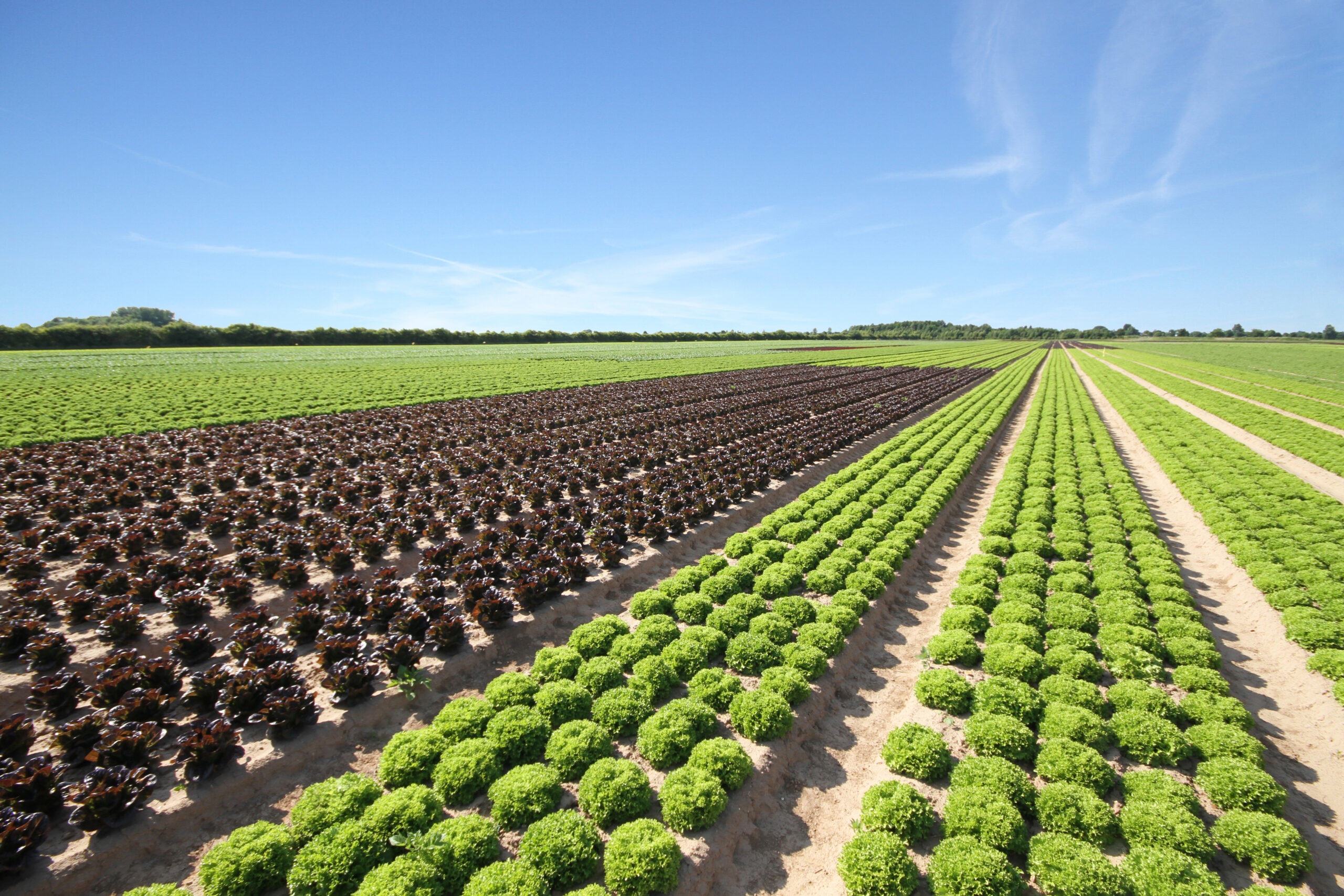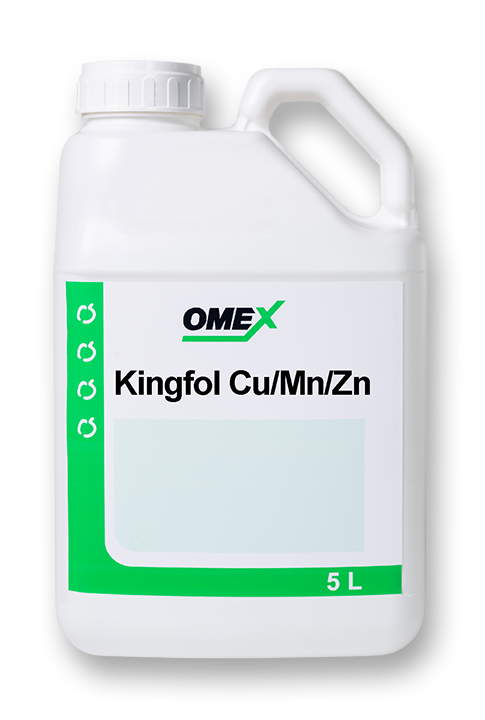Copper nutrient deficiency in plants
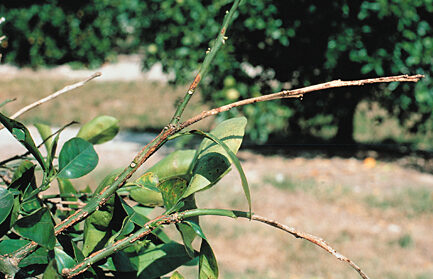
Elongated orange leaf and twig dieback from copper deficiency. Source: APS Digital Image Collections.
Form
Taken up as ionic Cu2+, Copper is essential for plant structure and cell formation.
Function
Copper is involved in photosynthesis and the binding of cells that support plant structure, affecting stem strength and the development of new shoot and root tissue. Copper is also involved in the activation of a number of enzyme systems related to protein, carbohydrate and Nitrogen metabolism. In addition, Copper forms part of the phenolic compounds used by plants to suppress infection.
Symptoms
Copper nutrient deficiency affects younger tissue, particularly active growing points of shoot, root, flower and fruit. Plants display slow growth, poor or irregular expansion of tissue, with distinct bleach margins to active growing points.
Significance
Copper stress reduces structural integrity, affecting stem strength, leaf expansion and the movement of proteins, carbohydrates and soluble nutrition. This results in poor canopy and root development, affecting flowering, seed and fruit set. Manganese deficiency is often associated increased disease pressure and is worse on alkaline soils and in cold, wet growing conditions.
Actions
Check soil status and root development for compaction. Routine foliar treatment can be very effective, especially during the early stages of plant development and times of stress.
If you require any further information about deficiency problems or any of our products please get in touch ????

